Astronomers have discovered a new Earth-like planet. It was detected using the European Southern Observatory’s High Accuracy Radial Velocity Planet Searcher (HARPS) at the La Silla Observatory in Chile.
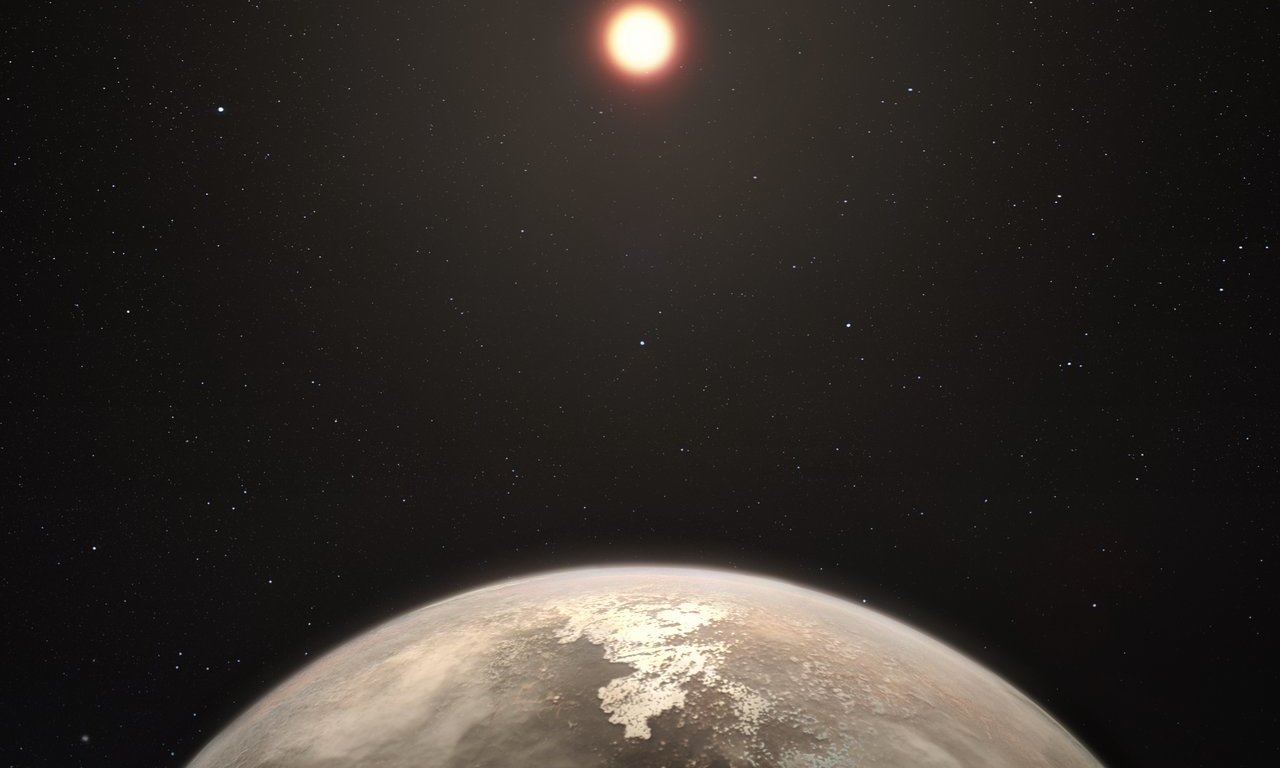
The planet, called Ross 128b, is perhaps the best candidate so far in the quest for life beyond the Earth. It orbits a relatively peaceful and old dwarf star. It orbits its host star about 20 times closer to than the Earth to the sun, making a trip around the star every 9.9 days. Even so, since the star is relatively cool, the temperature of the planet is estimated to be between 20 and 60 degrees Celsius.
Unlike other red dwarf stars, including Proxima Centauri, which is often subject to occasional outbursts of flares, bathing orbiting planets in deadly ultraviolet and X-ray radiation, it seems that Ross 128 is a much more peaceful star.
Another factor that makes Ross 128b interesting is the distance of “only” eleven light years from our own solar system. Astronomically speaking, it’s a short distance, but with today’s technology, it would take about 110,000 years for us to reach the planet.
“This discovery is based on more than a decade of HARPS intensive monitoring, together with state-of-the-art data reduction and analysis techniques,”
– Nicola Astudillo-Defru said in a news release. He is a Geneva Observatory astronomer and one of the authors of a paper on the discovery in the journal Astronomy & Astrophysics.
The planet was found by a team using ESO’s unique planet-hunting HARPS instrument. It is the second-closest temperate planet to be detected after Proxima b. It is the closest planet to be discovered orbiting an inactive red dwarf star, which may increase the likelihood that this planet could potentially sustain life.
Astronomers are now detecting more and more temperate exoplanets, and the next stage will be to study their atmospheres, composition, and chemistry in more detail. Ross 128 b will be a prime target for ESO’s Extremely Large Telescope which will be able to search for biomarkers in the planet’s atmosphere.
Together with the recent discovery of Proxima b, the Earth-sized planet orbiting the closest star to us, Proxima Centauri and the discovery of seven Earth-sized worlds orbiting TRAPPIST-1, a star 39 light-years away, three of which are in the habitable zone, this new discovery ranks among these as one of the most important this past decade.
Reference:
X. Bonfils, N. Astudillo-Defru, R. Diaz, J.-M. et al. A temperate exo-Earth around a quiet M dwarf at 3.4 parsecs DOI: https://doi.org/10.1051/0004-6361/201731973

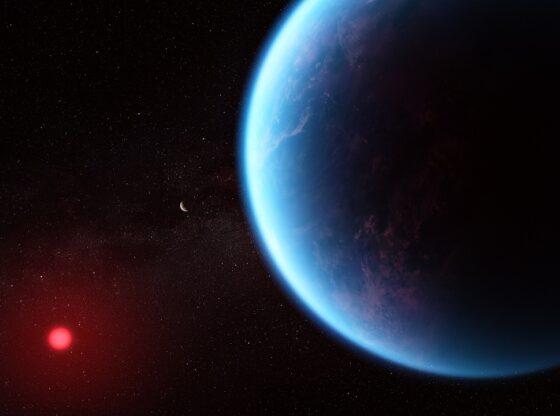
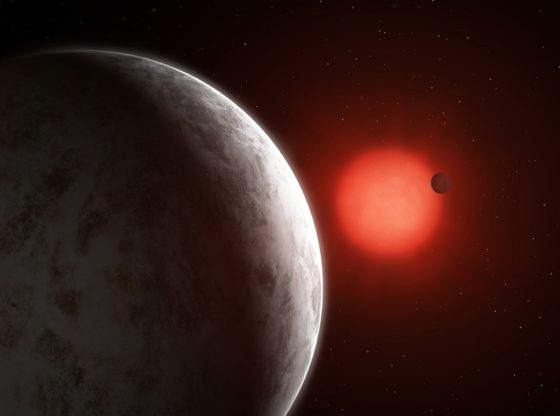
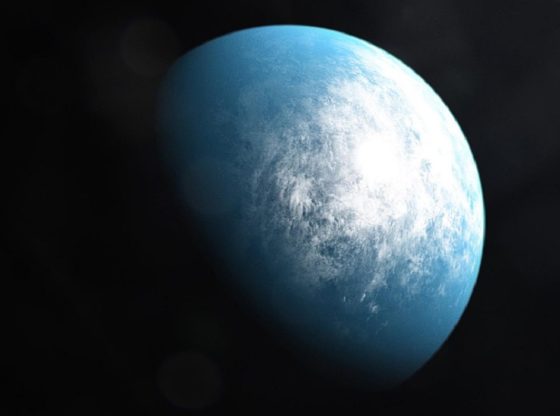
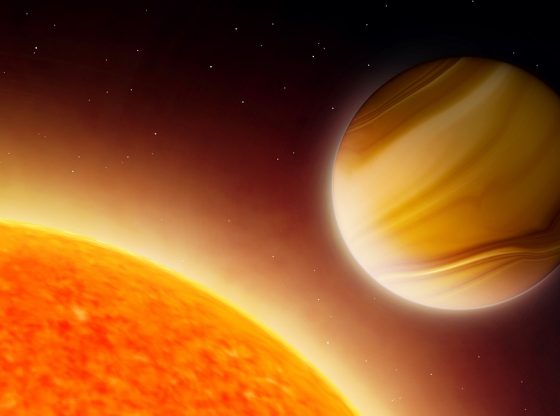
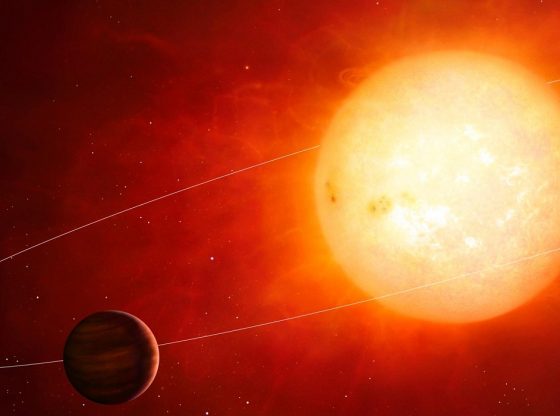
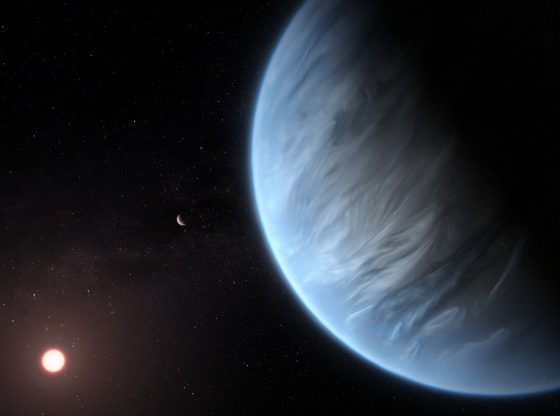
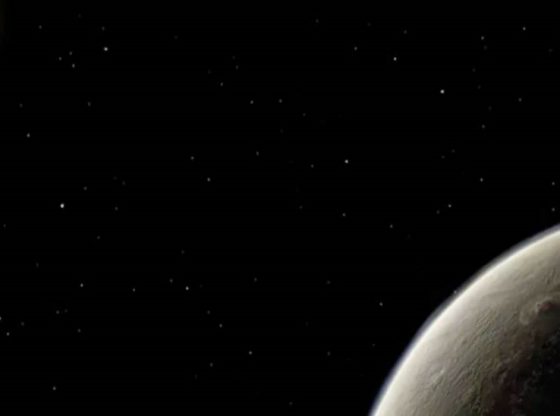

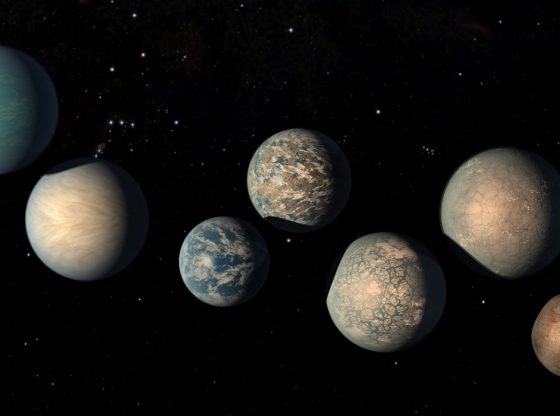
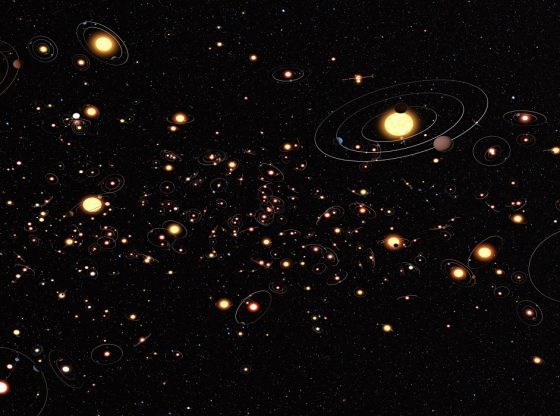
![OpenAI. (2025). ChatGPT [Large language model]. https://chatgpt.com](https://www.illustratedcuriosity.com/files/media/55136/b1b0b614-5b72-486c-901d-ff244549d67a-350x260.webp)
![OpenAI. (2025). ChatGPT [Large language model]. https://chatgpt.com](https://www.illustratedcuriosity.com/files/media/55124/79bc18fa-f616-4951-856f-cc724ad5d497-350x260.webp)
![OpenAI. (2025). ChatGPT [Large language model]. https://chatgpt.com](https://www.illustratedcuriosity.com/files/media/55099/2638a982-b4de-4913-8a1c-1479df352bf3-350x260.webp)








